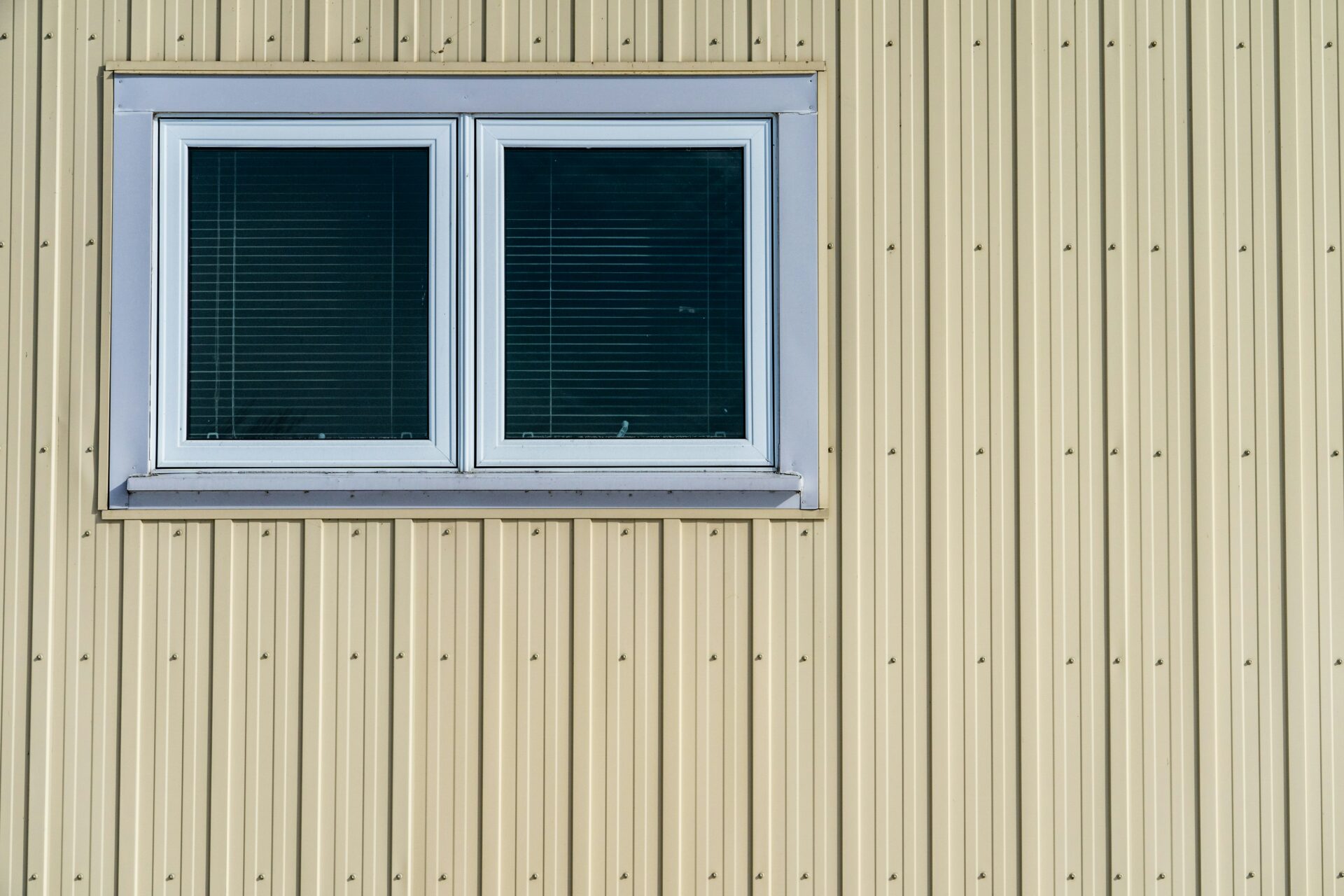
Introduction
Wildfires have become an increasingly prevalent threat to homes in the Okanagan. If you love your home and want to keep it from burning down, keep reading! One of the most effective strategies in wildfire mitigation is the creation of a defensible space around your home. Today, we’ll delve into the concept of defensible space, its crucial role in wildfire protection, and provide practical guidelines and tips for creating and maintaining a defensible space throughout the summer months.
Defensible space refers to the area surrounding your home that has been modified to reduce the risk of wildfire damage. The goal is to create a buffer zone that helps prevent flames from reaching your house, in turn increasing the chances of its survival during a wildfire.
Guidelines for Creating Defensible Space
- Clear Vegetation: Start by removing dead vegetation, dry leaves, and fallen branches from the immediate vicinity of your home. Trim trees and shrubs to create a minimum clearance of 30 feet around structures.
- Fire-Resistant Landscaping: Choose fire-resistant plants and landscaping materials that are less likely to ignite during a wildfire. Opt for low-growing, moisture-rich vegetation and avoid highly flammable plants like conifers and ornamental grasses.
- Maintain Adequate Spacing: Ensure that trees and shrubs are spaced at least 10 feet apart to prevent the rapid spread of fire. Keep grass trimmed to a height of no more than 4 inches to reduce the risk of ignition.
- Utilize Fire-Resistant Building Materials: Consider using fire-resistant siding such a metal cladding or fibre board. Keep in mind that even if your home doesn’t catch on fire, vinyl siding can still be melted from extreme heat. For roof options, sheet metal or asphalt roofing is a fire-resistant option as opposed to cedar shakes.


Tips for Summer Maintenance
- Regular Inspections: Conduct regular inspections of your property to identify and address any potential fire hazards, such as overgrown vegetation or accumulation of flammable debris.
- Irrigation: Keep plants well-watered during the dry summer months to maintain their moisture content and reduce their susceptibility to ignition.
- Pruning and Thinning: Continuously prune trees and thin out dense vegetation to improve air circulation and reduce the risk of crown fires.
- Remove Dead Plants: Remove dead or dying plants promptly, as they can become fuel for wildfires and compromise the effectiveness of your defensible space.
- Stay Informed: Stay informed about wildfire conditions in your area and adhere to any evacuation orders or advisories issued by local authorities.
Conclusion
Creating a defensible space around your home is a critical step in fire-proofing your home from a devastating wildfire. By following the guidelines outlined above and implementing proactive measures, you can significantly reduce the risk of wildfire damage and increase the safety of your home and family. Remember, wildfire preparedness is a year-round endeavour, and maintaining your defensible space throughout the summer months is essential for optimal protection.
Other topics you might find interesting: